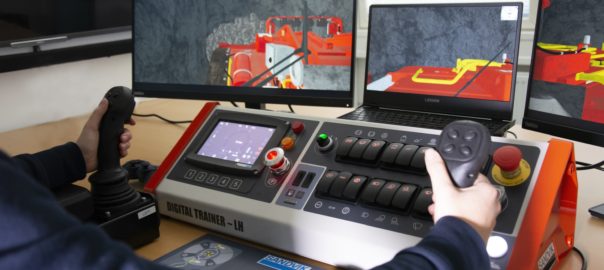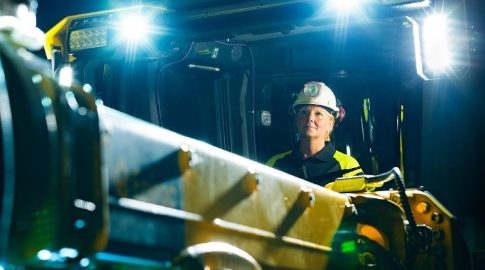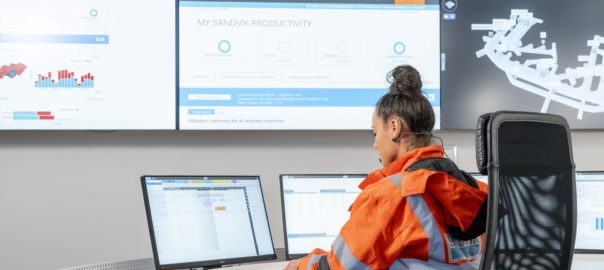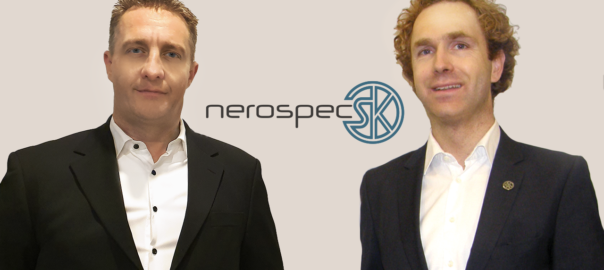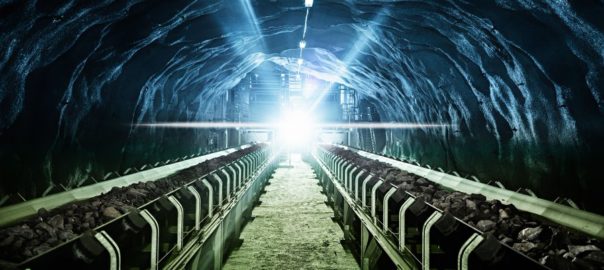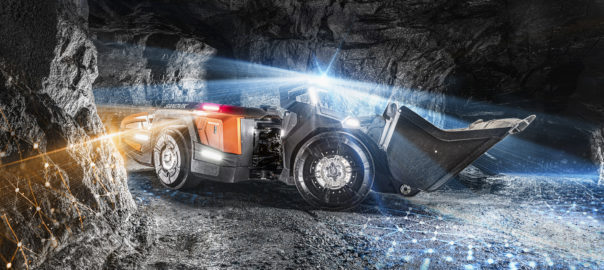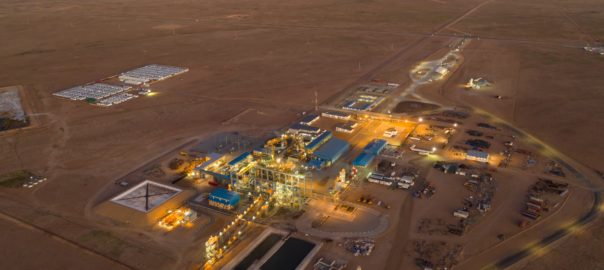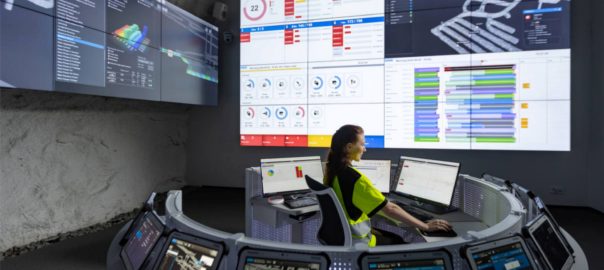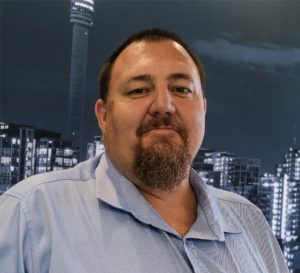Engineering, consulting and design company AFRY is to expand its digital offering for process industries with the acquisition of Sweden-based ProTAK.
ProTAK’s web-based software for production optimisation will support AFRY’s strategic ambition within digitalisation and sustainability, as well as further strengthen the AFRY Smart Site digital product portfolio further, AFRY said.
“ProTAK’s web-based software is designed for production process continuous improvement and aims to increase production efficiency,” it explained. “The software measures the effectiveness of industrial plant’s machines to enable analysis and optimisation of the production processes. Together with AFRY’s production support software, AFRY Pulse, this will improve process industry customer production even further.”
The acquisition follows the purchase of ITE Østerhus AS earlier in the month, a Norway-based company that specialises in electrical engineering, automation and digitalisation for industrial customers. ITE Østerhus’ largest market areas are smelting plants and process and food industries.
David Andersson, Manager of Business Unit Digitalisation, AFRY Process Industries, in Sweden, said of ProTAK acquisition: “There is a strong demand for digital solutions within the process industry sector to reach sustainability goals by improved production efficiency. With this co-operation, we can jointly develop our offering further to support our customers even better in this constantly changing environment.
“We see great potential and synergies by combining the expertise and digital offering from both companies.”
Per Gannå, CEO at ProTAK, said becoming part of AFRY would allow the company to further develop its products and expand its offering to global clients.
“We have developed the digital offering and are now ready to take the step to the next level,” Gannå said. “We look forward to the opportunities we can create together.”









